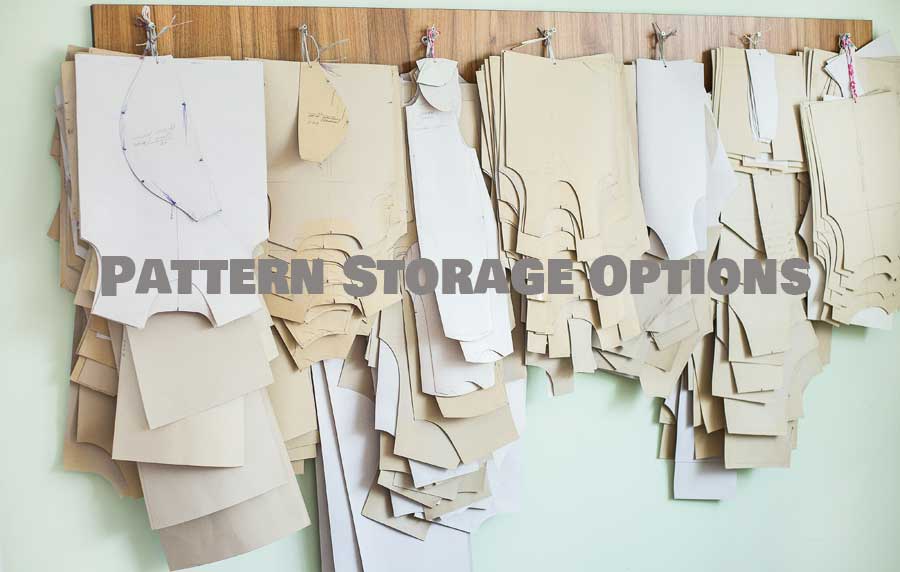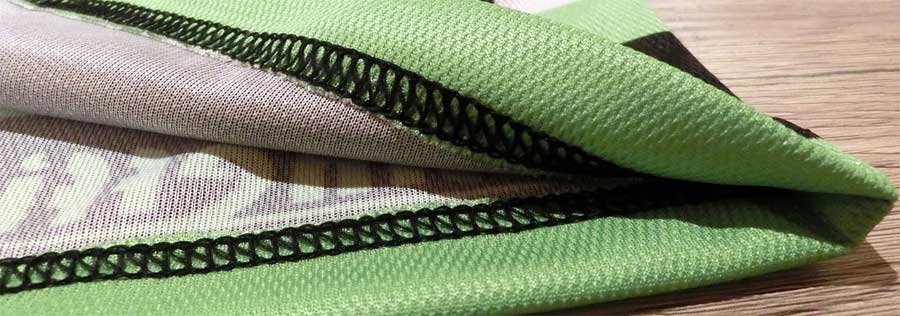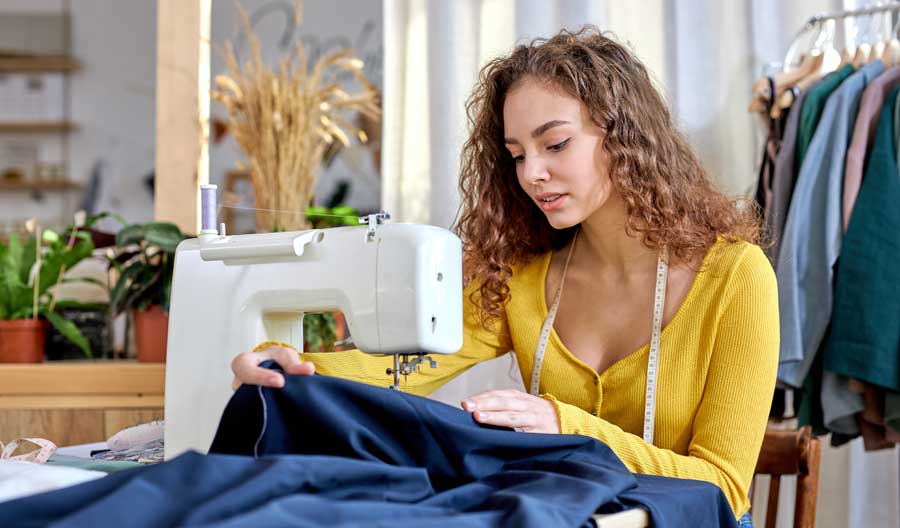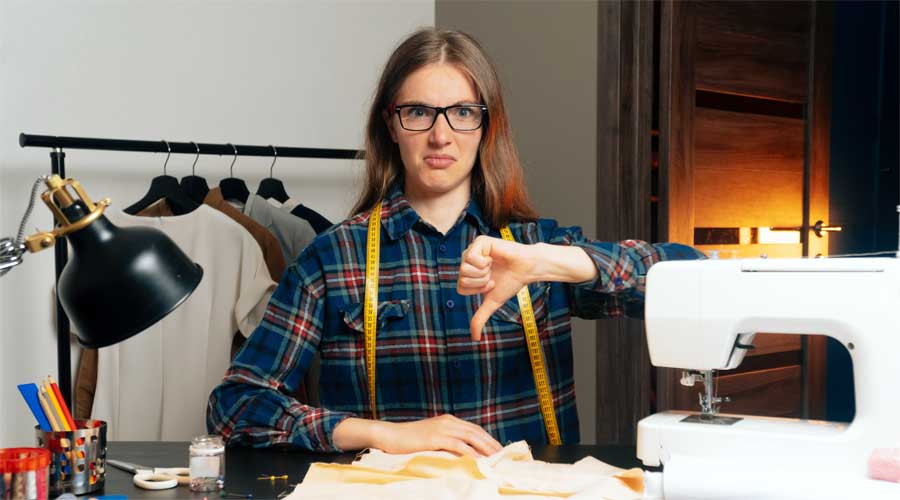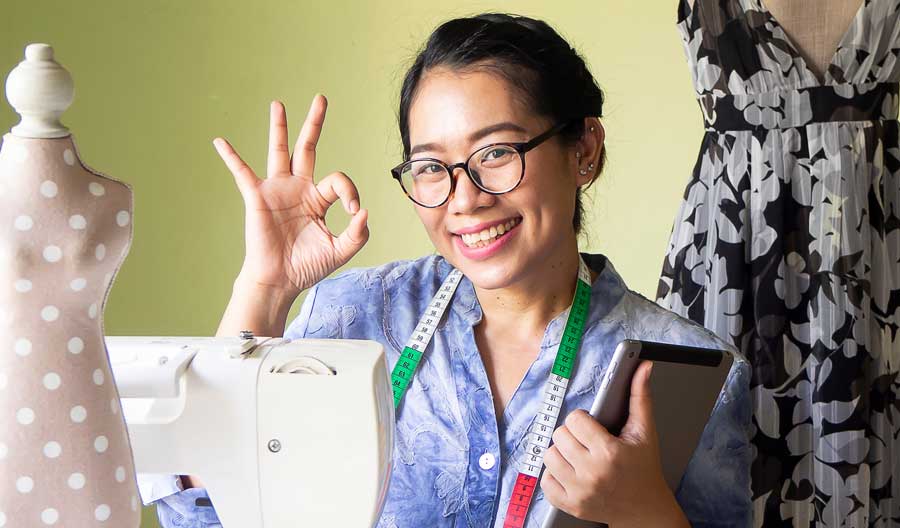ASG member, Carolyn Meyers, recently created a pair of yoga pants using a pattern from Silhouette Patterns and shared her experience working with the pattern:
Q. Independent Pattern Designer
A. Peggy Sagers
Q. Name and Number of Pattern
A. Silhouette #3400
Q. Fabric Used:
A. Ponte knit
Q. Special Embellishments/Notions Used
A. n/a
Q. Skill level required?
A. Beginner-Intermediate
Q. Are the instructions easy to follow?
A. Yes, but I recommend watching the YouTube video for the pattern before you start, just to get a feel for the project.
Q. Are you pleased with the finished result? Did it meet your expectations?
A. Absolutely, I have now made three pair and having made a few fitting tweaks am ready to commit my pattern to permanent pattern material.
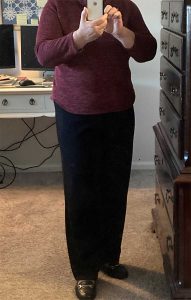 Q. Did it look like the picture?
Q. Did it look like the picture?
A. Absolutely.
Q. Did you make any modifications in the pattern?
A. Just fit to my size. I’m short so some “petit-ing” is always required.
Q. Are there any changes you would have made?
A. No
Q. Did the pattern teach you any unique or special techniques?
A. No, but it helped me bond with my serger.
Q. Would you make this again?
A. Again and again. I found three more pieces of Ponte knit in my stash that will be just perfect for these pants.
Q. Would you recommend this pattern to others?
A. Yes! I was sew excited to make my first pair, slip them on, and they fit and felt wonderful. The only tweak I had to make was to slim the leg a bit and shorten the length. Not bad.
Pattern Link: https://silhouettepatterns.com
~Carolyn Meyers





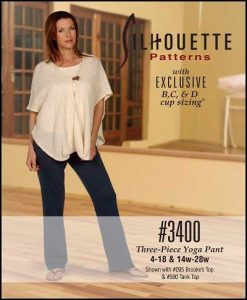
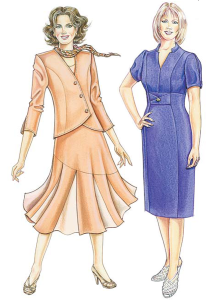 If good fit is important to you, especially when sewing with woven fabrics, you already know the significance of a properly placed and well-fitting bust dart. Darts shape that two-dimensional fabric to fit around your three-dimensional body. Even for the less-endowed figure, when darts are the correct size and pointed to the correct location, they can add shape and flatter your frame.
If good fit is important to you, especially when sewing with woven fabrics, you already know the significance of a properly placed and well-fitting bust dart. Darts shape that two-dimensional fabric to fit around your three-dimensional body. Even for the less-endowed figure, when darts are the correct size and pointed to the correct location, they can add shape and flatter your frame.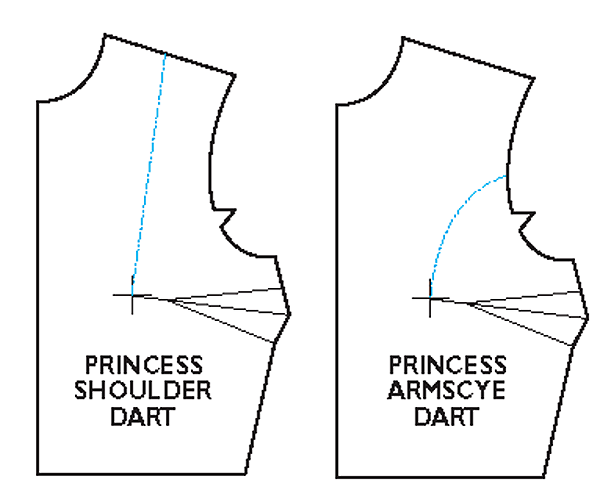
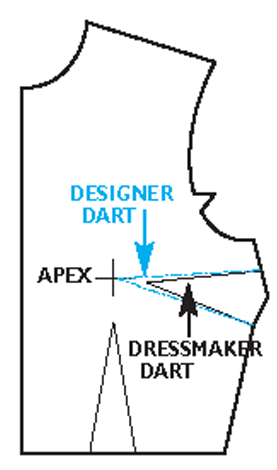
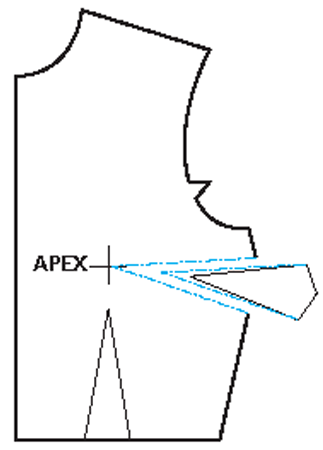
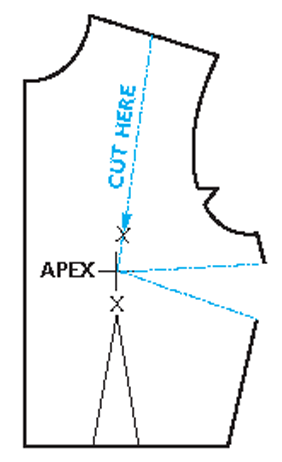
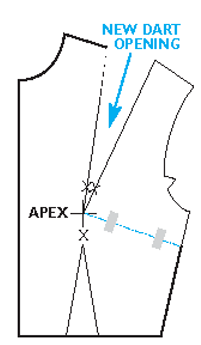
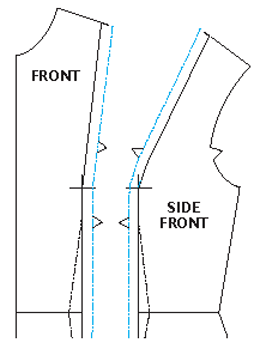
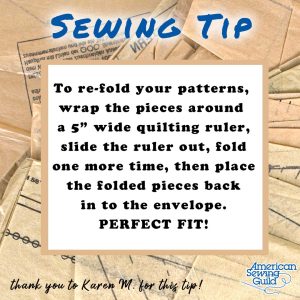

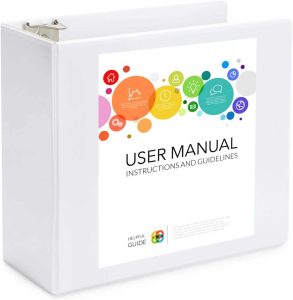
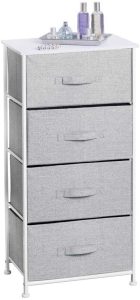
 It’s helpful to create a database of patterns, if you’re sew inclined. This allows you to cross-reference by brand, number, garment type and size. If you scan the pattern envelope front and back, you can have a quick guide to the fabric amounts, etc. and if your database is accessible on a mobile device, it can be used while shopping. Most databases allow your pattern inventory to be shared with others—like if some family members you sew for live elsewhere.
It’s helpful to create a database of patterns, if you’re sew inclined. This allows you to cross-reference by brand, number, garment type and size. If you scan the pattern envelope front and back, you can have a quick guide to the fabric amounts, etc. and if your database is accessible on a mobile device, it can be used while shopping. Most databases allow your pattern inventory to be shared with others—like if some family members you sew for live elsewhere.